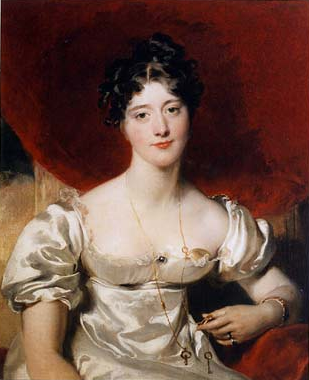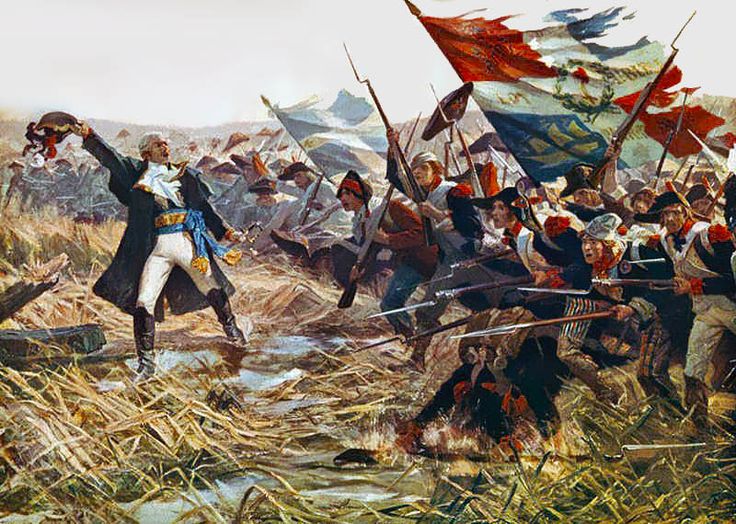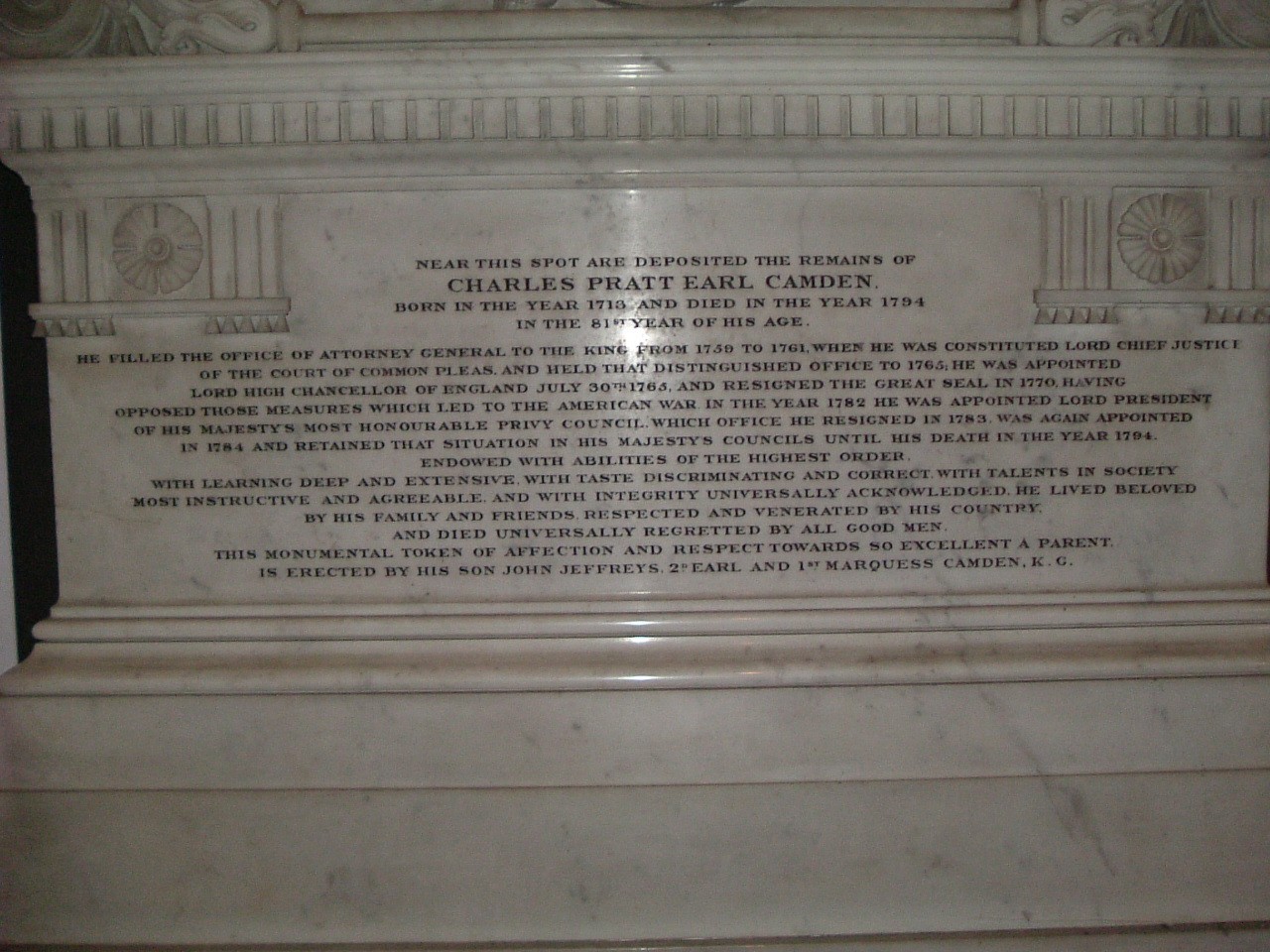|
Charles Vane, 3rd Marquess Of Londonderry
Charles William Vane, 3rd Marquess of Londonderry, (born Charles William Stewart; 1778–1854), was an Anglo-Irish nobleman, a British soldier and a politician. He served in the French Revolutionary Wars, in the suppression of the Irish Rebellion of 1798, and in the Napoleonic wars. He excelled as a cavalry commander in the Peninsular War (1807–1814) under John Moore and Arthur Wellesley (became Wellington in 1809). On resigning from his post under Wellington in 1812, his half-brother Lord Castlereagh helped him to launch a diplomatic career. He was posted to Berlin in 1813, and then as ambassador to Austria, where his half-brother was the British plenipotentiary at the Congress of Vienna. He married Lady Catherine Bligh in 1804 and then, in 1819, Lady Frances Anne Vane, a rich heiress, changing his surname to hers, thus becoming Charles Vane instead of Charles Stewart. In 1822 he succeeded his half-brother as 3rd Marquess of Londonderry, inheriting estates in the nort ... [...More Info...] [...Related Items...] OR: [Wikipedia] [Google] [Baidu] |
The Marquess Of Londonderry
Marquess of Londonderry, of the County of Londonderry ( ), is a title in the Peerage of Ireland. History The title was created in 1816 for Robert Stewart, 1st Earl of Londonderry. He had earlier represented County Down in the Irish House of Commons. Stewart had already been created Baron Londonderry in 1789, Viscount Castlereagh, of Castlereagh in the County of Down, in 1795 and Earl of Londonderry, of the County of Londonderry, in 1796. These titles are also in the Peerage of Ireland. He was the son of Alexander Stewart, who had married Mary Cowan, sister and heiress of Robert Cowan, who gained great wealth as Governor of Bombay from 1729 to 1737. Alexander was from Ballylawn, a townland at the south-west corner of Inishowen in the north of County Donegal, a county located in the west of Ulster in the northern part of Ireland. However, much of the Stewart family's wealth was based on the estates which came into the family through this marriage. The 1st Marquess was o ... [...More Info...] [...Related Items...] OR: [Wikipedia] [Google] [Baidu] |
Austrian Empire
The Austrian Empire (german: link=no, Kaiserthum Oesterreich, modern spelling , ) was a Central- Eastern European multinational great power from 1804 to 1867, created by proclamation out of the realms of the Habsburgs. During its existence, it was the third most populous monarchy in Europe after the Russian Empire and the United Kingdom. Along with Prussia, it was one of the two major powers of the German Confederation. Geographically, it was the third-largest empire in Europe after the Russian Empire and the First French Empire (). The empire was proclaimed by Francis II in 1804 in response to Napoleon's declaration of the First French Empire, unifying all Habsburg possessions under one central government. It remained part of the Holy Roman Empire until the latter's dissolution in 1806. It continued fighting against Napoleon throughout the Napoleonic Wars, except for a period between 1809 and 1813, when Austria was first allied with Napoleon during the invasion o ... [...More Info...] [...Related Items...] OR: [Wikipedia] [Google] [Baidu] |
Rhine
The Rhine ; french: Rhin ; nl, Rijn ; wa, Rén ; li, Rien; rm, label=Sursilvan, Rein, rm, label=Sutsilvan and Surmiran, Ragn, rm, label=Rumantsch Grischun, Vallader and Puter, Rain; it, Reno ; gsw, Rhi(n), including in Alsatian dialect, Alsatian and Low Alemannic German; ksh, label=Ripuarian language, Ripuarian and Low Franconian languages, Low Franconian, Rhing; la, Rhenus ; hu, Rajna . is one of the major List of rivers of Europe, European rivers. The river begins in the Swiss canton of Graubünden in the southeastern Swiss Alps. It forms part of the Swiss-Liechtenstein, Swiss-Austrian border, Swiss-Austrian, Swiss-German border, Swiss-German borders. After that the Rhine defines much of the Franco-German border, after which it flows in a mostly northerly direction through the German Rhineland. Finally in Germany the Rhine turns into a predominantly westerly direction and flows into the Netherlands where it eventually empties into the North Sea. It drains an area of 9,9 ... [...More Info...] [...Related Items...] OR: [Wikipedia] [Google] [Baidu] |
Flanders Campaign
The Flanders Campaign (or Campaign in the Low Countries) was conducted from 20 April 1792 to 7 June 1795 during the first years of the War of the First Coalition. A coalition of states representing the Ancien Régime in Western Europe – Austria (including the Southern Netherlands), Prussia, Great Britain, the Dutch Republic (the Northern Netherlands), Hanover and Hesse-Kassel – mobilised military forces along all the French frontiers, with the intention to invade Revolutionary France and end the French First Republic. The radicalised French revolutionaries, who broke the Catholic Church's power (1790), abolished the monarchy (1792) and even executed the deposed king Louis XVI of France (1793), vied to spread the Revolution beyond France's borders, by violent means if necessary. A quick French success in the Battle of Jemappes in November 1792 was followed by a major Coalition victory at Neerwinden in March 1793. After this initial stage, the largest of these for ... [...More Info...] [...Related Items...] OR: [Wikipedia] [Google] [Baidu] |
Marquess Of Londonderry
Marquess of Londonderry, of the County of Londonderry ( ), is a title in the Peerage of Ireland. History The title was created in 1816 for Robert Stewart, 1st Earl of Londonderry. He had earlier represented County Down in the Irish House of Commons. Stewart had already been created Baron Londonderry in 1789, Viscount Castlereagh, of Castlereagh in the County of Down, in 1795 and Earl of Londonderry, of the County of Londonderry, in 1796. These titles are also in the Peerage of Ireland. He was the son of Alexander Stewart, who had married Mary Cowan, sister and heiress of Robert Cowan, who gained great wealth as Governor of Bombay from 1729 to 1737. Alexander was from Ballylawn, a townland at the south-west corner of Inishowen in the north of County Donegal, a county located in the west of Ulster in the northern part of Ireland. However, much of the Stewart family's wealth was based on the estates which came into the family through this marriage. The 1st Marquess was one ... [...More Info...] [...Related Items...] OR: [Wikipedia] [Google] [Baidu] |
Charles Vane-Tempest-Stewart, 6th Marquess Of Londonderry
Charles Stewart Vane-Tempest-Stewart, 6th Marquess of Londonderry, (16 July 1852 – 8 February 1915), styled Viscount Castlereagh between 1872 and 1884, was a British Conservative politician, landowner and benefactor, who served in various capacities in the Conservative administrations of the late 19th and early 20th centuries. After succeeding his father in the marquessate in 1884, he was Lord-Lieutenant of Ireland between 1886 and 1889. He later held office as Postmaster General between 1900 and 1902 and as President of the Board of Education between 1902 and 1905. A supporter of the Protestant causes in Ulster, he was an opponent of Irish Home Rule and one of the instigators of the formal alliance between the Conservative Party and the Liberal Unionists in 1893. Background and education Born Charles Vane-Tempest in London, ''The Dictionary of National Biography''. he was the eldest son of George Vane-Tempest, 5th Marquess of Londonderry, by Mary Cornelia, only daughter of ... [...More Info...] [...Related Items...] OR: [Wikipedia] [Google] [Baidu] |
Frances Anne Vane, Marchioness Of Londonderry
Frances Anne Vane, Marchioness of Londonderry (17 January 1800 – 20 January 1865) was a wealthy English heiress and noblewoman. She was the daughter of Sir Henry Vane-Tempest, 2nd Baronet. She married Charles William Stewart, 1st Baron Stewart. She became a marchioness in 1822 when Charles succeeded his half-brother as 3rd Marquess of Londonderry. Life Frances Anne was the only child of Sir Henry Vane-Tempest, 2nd Baronet, and his wife Anne MacDonnell, 2nd Countess of Antrim. At her father's death in 1813, Frances Anne inherited extensive lands in northeast England as well as some property in County Antrim, Ireland. As much of her English land was in the Durham Coalfield, she had income from coal mining. In his last will and testament, her father had stipulated that she must retain the surname Vane and that whoever married her would have to adopt her surname in lieu of his own. In 1819 she married and became the second wife of Charles William Stewart, 1st Baron Stewart, ... [...More Info...] [...Related Items...] OR: [Wikipedia] [Google] [Baidu] |
Alexander Stewart (1699–1781)
Alexander Stewart (1699–1781) was an Irish landowner who grew rich by inheriting a fortune from Robert Cowan, a former governor of Bombay. His son Robert became the 1st Marquess of Londonderry. Birth and origins Alexander was born in 1699 or 1700 at Ballylawn Castle, near Manorcunningham in County Donegal. He was the second son of William Stewart and his wife. His father had his lands consolidated by Charles I under the name of Stewart's Court, raised a Williamite troop of horse in the run-up to the Siege of Derry and was therefore known as Colonel William Stewart. Alexander's grandfather is not known by name, but Alexander was a great-grandson of Charles Stewart, whose father John was given land at Ballylawn in County Donegal in the plantation of Ulster, built Ballylawn Castle on that land, and held fishing rights in Lough Swilly. John Stewart is likely to have been a younger son of the Stewarts of Garlies in Galloway, Scotland. Alexander's mother, whose first name ... [...More Info...] [...Related Items...] OR: [Wikipedia] [Google] [Baidu] |
Church Of Ireland
The Church of Ireland ( ga, Eaglais na hÉireann, ; sco, label=Ulster-Scots, Kirk o Airlann, ) is a Christian church in Ireland and an autonomous province of the Anglican Communion. It is organised on an all-Ireland basis and is the second largest Christian church on the island after the Roman Catholic Church. Like other Anglican churches, it has retained elements of pre-Reformation practice, notably its episcopal polity, while rejecting the primacy of the Pope. In theological and liturgical matters, it incorporates many principles of the Reformation, particularly those of the English Reformation, but self-identifies as being both Reformed and Catholic, in that it sees itself as the inheritor of a continuous tradition going back to the founding of Christianity in Ireland. As with other members of the global Anglican communion, individual parishes accommodate different approaches to the level of ritual and formality, variously referred to as High and Low Church. Overvie ... [...More Info...] [...Related Items...] OR: [Wikipedia] [Google] [Baidu] |
Charles Pratt, 1st Earl Camden
Charles Pratt, 1st Earl Camden, PC (baptised 21 March 1714 – 18 April 1794) was an English lawyer, judge and Whig politician who was first to hold the title of Earl Camden. As a lawyer and judge he was a leading proponent of civil liberties, championing the rights of the jury, and limiting the powers of the State in leading cases such as '' Entick v Carrington''. He held the offices of Chief Justice of the Common Pleas, Attorney-General and Lord High Chancellor of Great Britain, and was a confidant of Pitt the Elder, supporting Pitt in the controversies over John Wilkes and American independence. However, he clung to office himself, even when Pitt was out of power, serving in the cabinet for fifteen years and under five different prime ministers. During his life, Pratt played a leading role in opposing perpetual copyright, resolving the regency crisis of 1788 and championing Fox's Libel Bill. He started the development of the settlement that was later to become Cam ... [...More Info...] [...Related Items...] OR: [Wikipedia] [Google] [Baidu] |
Frances Stewart, Marchioness Of Londonderry
Frances Stewart (née Pratt), 1st Marchioness of Londonderry (1751–1833), was mistress of a large landed and politically connected household in late Georgian Ireland. From her husband's mansion at Mount Stewart, County Down, in the 1790s her circle of friends and acquaintances extended to figures engaged in the democratic politics of the United Irishmen. Correspondence with her stepson, Robert Stewart, Viscount Castlereagh (British Foreign Secretary at the Congress of Vienna), and with the English peer and politician John Petty, record major political and social developments of her era. Whig family and Irish marriage The future Lady Londonderry was born in England circa 1751, the daughter of Elizabeth (nee Jeffreys), and Charles Pratt. Her father (later 1st Earl Camden) was a lawyer with an established interest in constitutional law and civil liberties, and a Whig politician with a popular reputation. In 1770 King George III had demanded and secured his dismissal as Lord High ... [...More Info...] [...Related Items...] OR: [Wikipedia] [Google] [Baidu] |
Mines And Collieries Act 1842
The Mines and Collieries Act 1842 (c. 99), commonly known as the Mines Act 1842, was an act of the Parliament of the United Kingdom. The Act forbade women and girls of any age to work underground and introduced a minimum age of ten for boys employed in underground work. It was a response to the working conditions of children revealed in the Children's Employment Commission (Mines) 1842 report. The Commission was headed by Anthony Ashley-Cooper, Member of Parliament, who was styled Baron Ashley at the time, a courtesy title, and would succeed his father as the 7th Earl of Shaftesbury in 1852. At the beginning of the 19th century methods of coal extraction were primitive and the workforce, men, women and children, laboured in dangerous conditions. In 1841 about 216,000 people were employed in the mines. Women and children worked underground for 11 or 12 hours a day for smaller wages than men. The public became aware of conditions in the country's collieries in 1838 after an ac ... [...More Info...] [...Related Items...] OR: [Wikipedia] [Google] [Baidu] |







